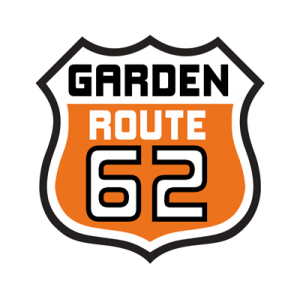Worcester is a town in the Western Cape, South Africa. It is located 120 kilometres (75 mi) north-east of Cape Town on the N1 highway north to Johannesburg.
Being the largest town in the Western Cape’s interior region, it serves as the administrative capital of the Breede Valley Local Municipality and as regional headquarters for most central and Provincial Government Departments. The town also serves as the hub of the Western Cape’s interior commercial, distribution and retail activity with a shopping mall, well developed central business district and infrastructure.
Worcester is located at an elevation of 220 metres (720 ft) and can be reached by road either travelling on the N1 highway through the Huguenot Tunnel or by driving through spectacular Mountain passes. From Cape Town Du Toitskloof, from Wellington Bainskloof, from Malmesbury, Western Cape Nieuwekloof, from Ceres Mitchells, from Robertson Goree, from Hermanus Rooihoogte and from Johannesburg Hex River, with vistas over the Hex River Valley.
In the early days of the Cape’s history the main road through the great mountain barrier which stretches northwards from the Hottentots-Holland, Wemmershoek and Slanghoek mountains to the Groot Winterhoek mountains, lay through the Roodezand Pass into the valley of Tulbagh. From here the road gave access in the south-east to “the original great rift valley of Africa” as Jan Smuts once described the Breede River Valley.
Worcester district is as old as hunting grounds and cattle runs go in the Cape, but new as a settled area. Before 1700, the area now known as the Breede River Valley was a hunter’s paradise, teeming with game and wild birds. The main source of income, especially the sale of elephant tusks came from hunting licenses issued by the Dutch East India Company. By 1709 European farmers were given grazing rights in the area “over de Breede Rivier.” In 1714 the first quitrent farms were released. Settlement in most cases was not on a permanent basis and “Hartebees huisies” were erected. When European settlers first arrived at the later Cape Colony, the Breede River Valley was inhabited by San hunter/gatherers and Khoi livestock farmers. The Gainou, Korannas and Afrikaner tribes traded livestock with the settlers. With the European settlers came the smallpox virus, that would turn into an epidemic for the Khoi people and by 1713 would take its toll on their existence as a people.
European settlement took place at Waay Hoek, Bossiesveld, Kleinbosch, Slanghoek, Brandvalley, Vendutiekraal, Rooye Wal and Doornrivier. The first farms in the Hex River Valley were Kloppersbosch and De Buffelskraal, dating from 1731. With the European settlers came their slaves and eventually so-called free Khoi, who would settle on the farms as labourers.




